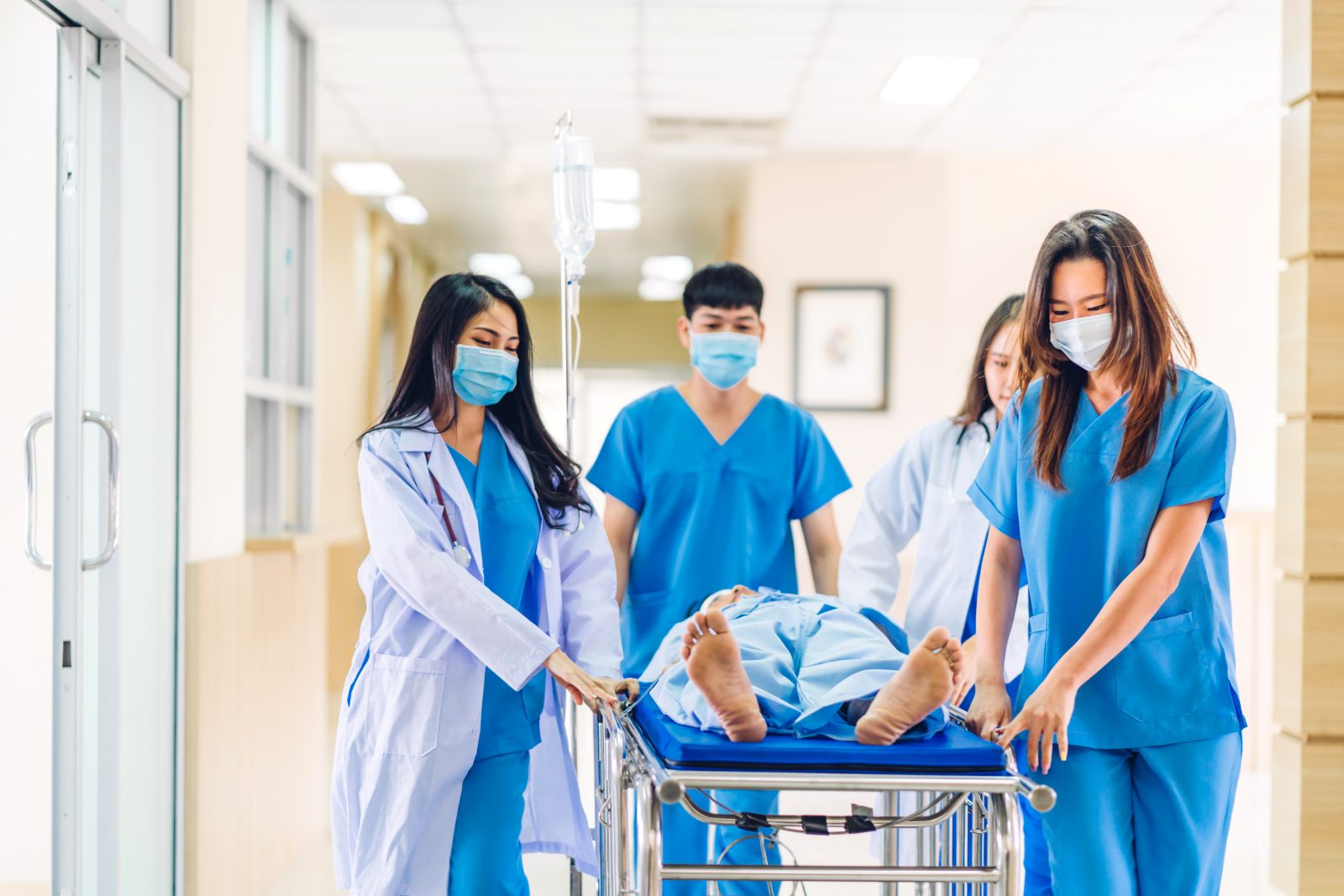In a medical setting, restraints are devices that limit a patient’s movement. Restraints can also help keep a person from hurting themselves or causing harm to others, especially caretakers. Additionally, there are a variety of devices used to restrain a patient. These include belts, vests, jackets, and mitts for the patient’s hands. These devices also typically prevent people from being able to move their elbows, knees, wrists, and ankles. In addition, there are ways that healthcare providers can use to restrain a patient including the use of medications, among other methods.
What you will learn:
- Detailed information on legal requirements related to the use of restraints
- How to identify situations where restraints may be considered
- Methods for managing challenging behaviors without the use of restraints
- The importance of patient rights
- How to assess risks associated with restraint use
- Communication skills to interact effectively with patients
Details
Course length: 45 minutes. CME: 0.75
Languages: American English
Key features: Audio narration, learning activity, and post-assessment.
American Medical Compliance is accredited by the Accreditation Council for Continuing Medical Education (ACCME) to provide continuing education to physicians. Our Continuing Medical Education (CME) program is committed to enhancing the knowledge, skills, and professional performance of healthcare providers to improve healthcare outcomes. Through high-quality educational activities, we aim to address the identified educational gaps to support the continuous professional development of our medical community. American Medical Compliance designates this activity for a maximum of 0.75 AMA PRA Category 1 Credits. Physicians should only claim this credit for their complete participation in this activity.
Get Certified
American Medical Compliance (AMC) is a leader in the industry for compliance, Billing, and HR solutions. To become certified, please visit us at: American Medical Compliance (AMC).
Reach out for other courses by visiting the AMC Course Library.
Restraints Should Not Cause Harm
Also, using restraints should never cause harm or punishment. To control a patient and assure safety, healthcare practitioners should first explore other approaches. Importantly, the use of restraints should be a last resort option. Hospital personnel can utilize restraints in an emergency or when medical attention is necessary. However, they should only be used to limit movements that may endanger the patient or caregiver. They must also be removed as soon as the patient and caregiver are no longer in danger.
Who Can Administer Restraints?
Moreover, a nurse who has received special training can use restraints. These devices must also be reported to a doctor or other healthcare professional. To continue using them, the doctor or other provider must sign a paper. Furthermore, restrained patients require extra attention to ensure that they:
- Have a bowel movement or urinate as needed.
- They are using either a bedpan or a toilet.
- Are staying hygienic.
- They receive the necessary food and water
- The patient is as comfortable as possible.
- They do not hurt themselves.




